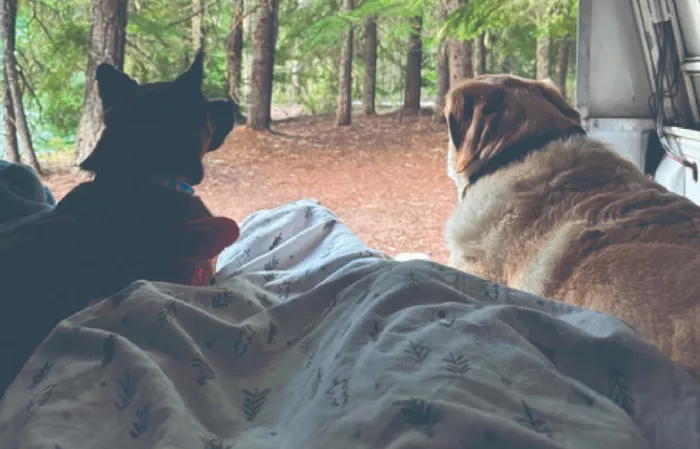As summer approaches and vacation plans begin to take shape, Mt. Hood National Forest is expected to be a popular destination for campers. With 65 designated campgrounds nestled within a vast expanse of evergreen forests, rivers, and lakes, visitors have the opportunity to enjoy a communal outdoor experience supported by amenities such as restrooms, boat access at select lakes, and the assistance of on-site camp hosts. These developed campgrounds offer a balance between nature and comfort, catering to those who seek an outdoor adventure without sacrificing basic necessities.
However, for individuals seeking a more secluded and rustic experience, Mt. Hood National Forest also offers dispersed camping options. According to Raven Reese, a public affairs specialist with the Mt. Hood National Forest, dispersed camping comes with unique advantages and certain limitations. “Many people enjoy dispersed camping as it can provide more solitude while experiencing different parts of the national forest,” Reese explained. She noted that while the majority of the forest is open to dispersed camping, certain areas are restricted. These include locations along state and U.S. highways, developed recreational zones such as trailheads and campgrounds, and some designated wilderness regions.
Unlike the seasonal nature of designated campgrounds, dispersed camping is available year-round, provided campers can access the sites safely. Off-season visitors often use these remote spots, particularly during shoulder seasons like hunting season, when many campgrounds remain closed despite favorable weather conditions. Reese clarified the regulations, stating, “Campers may camp in a single location on the Forest for up to 14 consecutive days at a time and camp in any location on the Forest for no more than 28 days total during a calendar year. This applies to both dispersed and campground camping.”
Despite its appeal, dispersed camping presents certain challenges. Most dispersed sites lack restrooms and require more effort to reach. Campers must be entirely self-sufficient and committed to the “pack-in, pack-out” principle, which emphasizes minimizing environmental impact and leaving no trace. Reese emphasized the need for preparation, saying, “It’s all pack-in, pack-out, so you need to be prepared to rough it more than campground camping and leave no trace of your visit.” She also advised campers to be ready to manage basic needs without the conveniences of designated facilities.
In summary, Mt. Hood National Forest offers diverse camping experiences, from amenity-rich designated campgrounds to the solitary serenity of dispersed sites. While each type has its appeal, prospective campers are encouraged to assess their preferences, preparedness, and respect for nature before selecting the option that suits them best.
Related Topics
- Top 10 Scenic Camping Spots in Hawaiʻi for Nature Enthusiasts
- Summer Outdoors Season Kicks Off with Hiking, Fishing, Camping, and Family Adventures
- Top Tips to Keep Pets Safe During Summer Camping Trips

